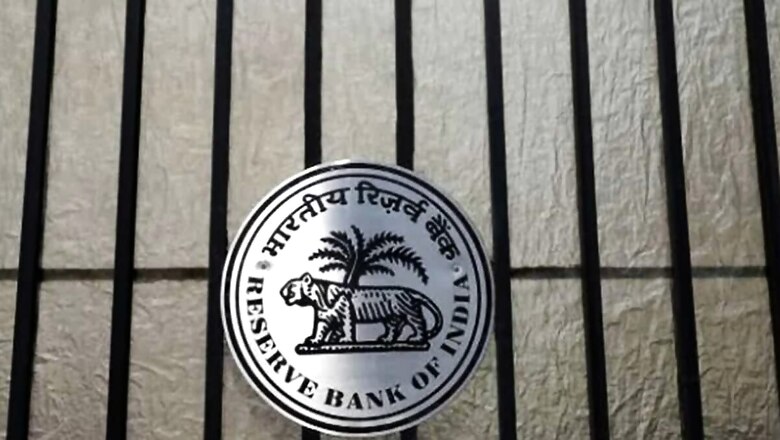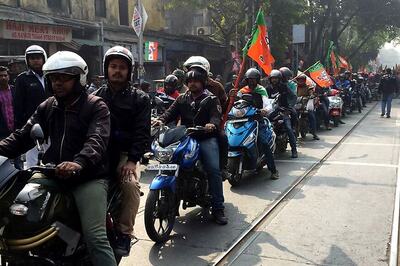
views
As the Reserve Bank of India (RBI) has raised risk weight by 25 per cent on consumer credit exposure of banks and NBFCs, experts said the move will lead to a material increase in the interest rates charged on unsecured loans from borrowers. They said a sudden withdrawal of banks and NBFCs from the consumer loan market may also enhance delinquency risks in this category.
What is the RBI’s Latest Move On Personal Loans, Credit Cards?
The RBI has raised risk weight by 25 per cent on consumer credit exposure of banks and NBFCs. Till now, consumer credit attracted a risk weight of 100 per cent, which has now been revised to 125 per cent.
Risk weight is the capital that banks need to set aside for every loan. A higher risk weight restricts banks’ lending capacity.
The RBI has also increased risk weights on credit card exposures by 25 percentage points each to 150 per cent for banks and 125 per cent for NBFCs.
The new regulations will not be applicable on housing loans, education loans, vehicle loans and loans secured by gold and gold jewellery, according to the RBI circular.
How Will It Impact Borrowers, Banks, NBFCs?
Suman Chowdhury, chief economist and head (research) at Acuité Ratings & Research, said that apart from a moderation in the aggregate growth of unsecured loans, the impact of the measures can be seen through the following:
1) A material increase in the interest rates charged on unsecured loans by banks and NBFCs, thus affecting EMIs
2) Higher cost of borrowings for large and small NBFCs (including FinTechs) with a high proportion of unsecured retail loans in their AUM
3) Increased focus of NBFCs on diversification of funding from banks and higher issuances in both public and private bond markets with attractive yields
4) Higher mobilization of capital by NBFCs into unsecured lending to cater to the additional capital requirements
5) Sudden withdrawal of banks and NBFCs from the consumer loan market may also enhance delinquency risks in this category.
Karthik Srinivasan, senior vice-president & group head (financial sector ratings) at, ICRA, said, “These RBI announcements are expected to result in higher capital requirements for the lenders and, hence, an increase in lending rates for the borrowers. These higher lending rates by banks to non-banks could also spill over to corporate bonds by way of higher yields and widening of credit spreads for non-banks.”
Why Has RBI Raised Risk Weight On Consumer Credit Exposure?
These measures are aimed at addressing two concerns:
1) Excessive growth of unsecured consumer loans in the financial sector through a higher risk weight of 125 per cent in the case of both banks and NBFCs; higher capital requirements is expected to moderate the growth of such loans.
2) Spread of any such systemic risks in the banking sector through increased risk weight on lending to non-priority sector NBFCs (+25 per cent for those with external rating at A and above)




















Comments
0 comment